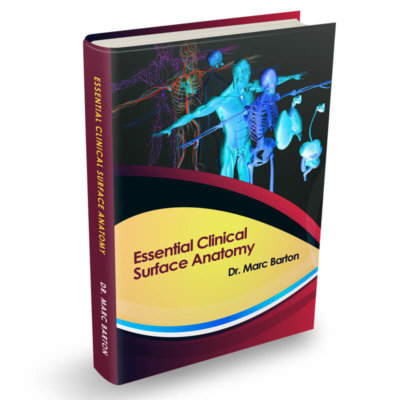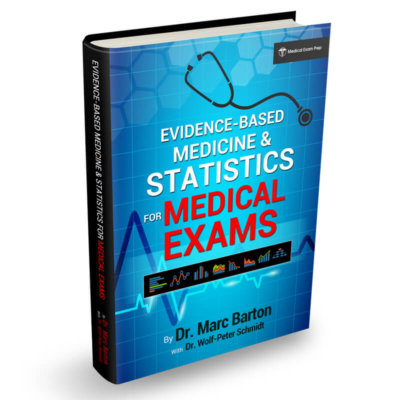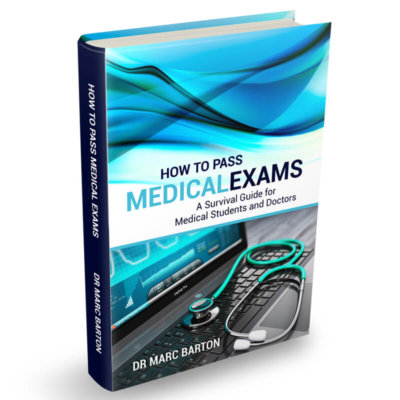A 27-year-old woman who is full-term pregnant is rushed to the Emergency Department by her husband with abdominal pain. She is taken to a cubicle, and you are asked to assess her. Upon entering the cubicle, you discover that she has given birth to a baby girl, who is being held in a wet towel by the nurse who brought her through.
Show Answer
When present at an unexpected delivery outside the maternity unit, you should call for help immediately. Make a note of the delivery time, or if a stop clock is available, it should be started. Assess the situation and ascertain if any assistance or resuscitation is required (ABC).
Always start by drying and covering the baby to prevent it from getting cold. The wet towel should be removed, and the baby wrapped in a fresh, dry, warm towel. If the baby is very small or significantly pre-term, it’s better to place the wet baby in a food-grade plastic bag and, if possible, under a radiant heater. A hat should be put on all babies regardless of gestation.
Show Answer
There is generally no need to rush to clamp the cord. It can be left unclamped throughout the steps outlined above. If your assessment suggests that the baby is well, you should wait at least one minute from the complete delivery of the baby before clamping the cord.
Show Answer
If the baby is assessed as needing assistance or resuscitation, then clamping of the cord becomes a priority. There is insufficient evidence for advocating active resuscitation of the newborn baby while still attached to the placenta by a functioning umbilical cord. Thus, the cord needs to be clamped and cut in order to deliver the assistance/resuscitation.
Show Answer
The Apgar score is a simple method of assessing a neonate’s well-being at birth. There are five criteria, each of which is allocated a score between zero and two. The assessment is generally performed at one and five minutes after delivery and may be repeated later if the score remains low. Scores of 7 and above are considered normal, 4-6 are considered to be fairly low, and 3 and below are regarded as critically low. The acronym “APGAR” can be used as an aide memoir for the five criteria:
- Appearance
- Pulse rate
- Grimace
- Activity
- Respiratory effort
The criteria of the Apgar score are as follows:
| Score of 0 | Score of 1 | Score of 2 | |
|---|---|---|---|
| Appearance (skin colour) | Blue or pale all over | Blue at extremities (acrocyanosis) | No cyanosis Body and extremities pink |
| Pulse rate | Absent | < 100 per minute | > 100 per minute |
| Reflex irritability grimace | No response to stimulation | Grimace on suction or aggressive stimulation | Cry on stimulation |
| Activity | None | Some flexion | Flexed arms and legs that resist extension |
| Respiratory effort | Absent | Weak, irregular, gasping | Strong, robust cry |
Header image used on licence from Shutterstock





